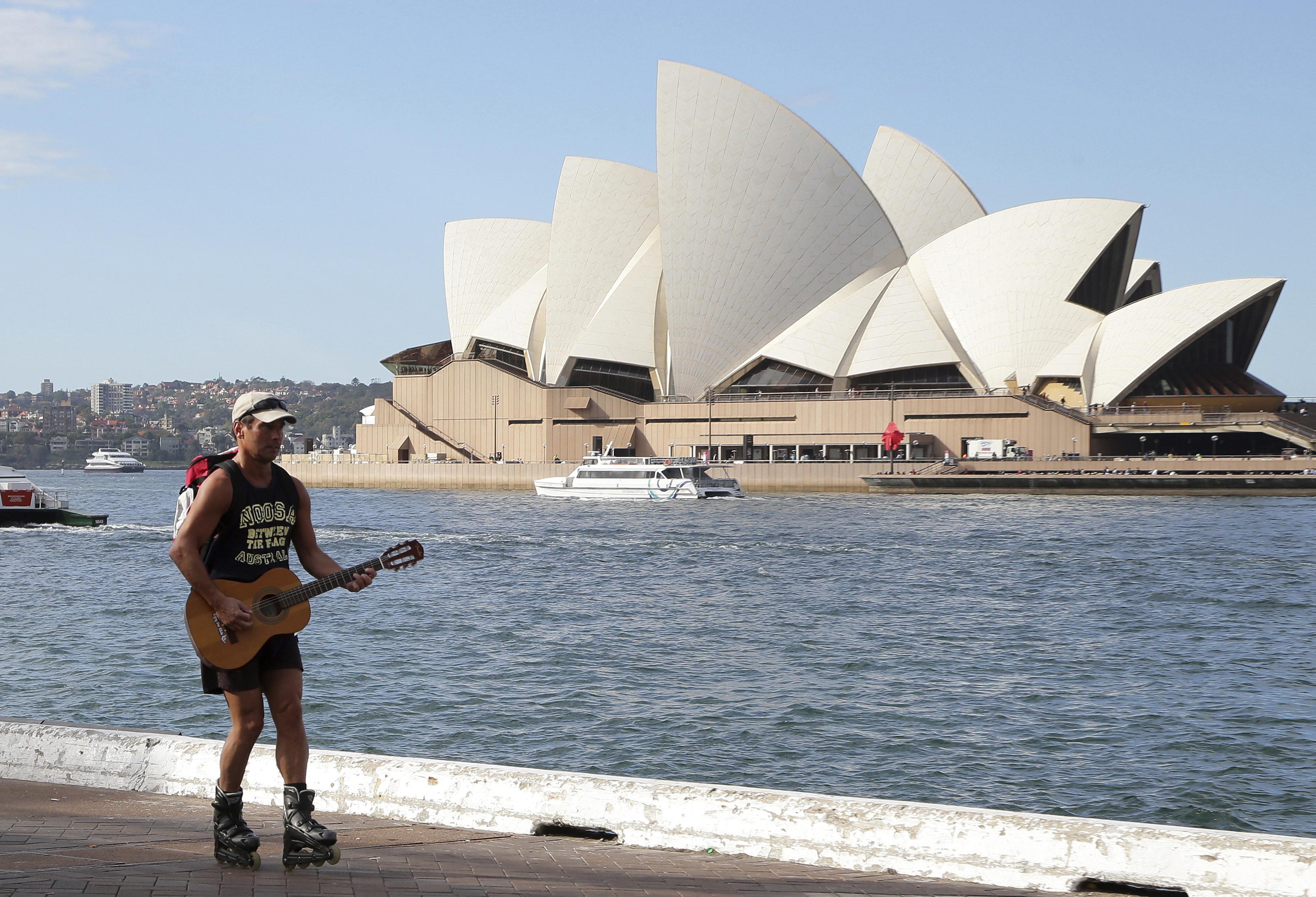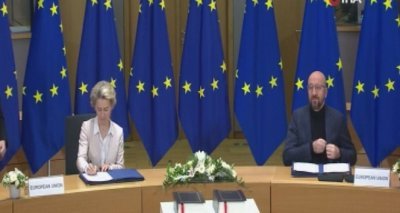
A new study suggests that Australia’s lack of mass shootings over two decades has resulted from the country’s strict gun ownership laws, not luck.
A new study suggests that Australia’s lack of mass shootings over two decades has resulted from the country’s strict gun ownership laws, not luck.
The odds of random chance accounting for a 22-year absence in mass shootings in Australia is 1-in-200,000, researchers from the University of Sydney and Macquarie University calculated.
In 1996, Australia implemented the National Firearms Agreement (NFA) in the wake of that country’s most deadly mass shooting, which resulted in the destruction of about a third of the guns in the country and the implementation of tighter restrictions on gun ownership.
In the 18 years before the NFA, there were 13 gun-related homicides in which five or more people were killed, not including the perpetrator, the researchers noted. Since 1996, there have been no other similar events of that magnitude.
“Most people hear these starkly contrasting numbers and conclude that Australia’s gun law reforms effectively stopped firearm massacres here,” Simon Chapman, lead author of the study and Meritus Professor at the University of Sydney, said in a statement. “However, some scholars and members of the gun lobby have argued that since mass shootings are relatively rare events, the concentration of incidents in one decade and their absence in another decade is merely a statistical anomaly.”
The gun law was enacted in response to the Port Arthur massacre, in which a gunman killed 35 people and seriously wounded 23 others in Port Arthur, Tasmania, on April 28 and 29, 1996.
Establishing a direct causal relationship between the NFA and the lack of gun violence wasn’t possible, the researchers wrote in the their paper, which was published Monday in the journal Annals of Internal Medicine. The only way to do so would be to conduct a randomized control trial of some populations that are living under the NFA and others that are not.
Instead, the researchers sought to test a “null hypothesis,” that prolonged absence of mass gun violence was just a continuation of the rarity of such events. If this were true, the rate of mass shootings would be 16 incidences over the past 22 years, not zero.
In a visit last month to the U.S., Australian Prime Minister Malcolm Turnbull was asked if he was planning to discuss his country’s success against gun violence with President Trump nine days after the shooting at Marjory Stoneman Douglas High School in Parkland, Florida, where 17 people were killed and 14 others wounded.
Mr. Turnbull said he wasn’t in a position to comment on debates of internal U.S. policy, adding that what works in Australia is not necessarily applicable to America.
“We are satisfied with our laws and we maintain them,” the prime minister said. “We certainly don’t presume to provide policy or political advice on that matter here. You have an amendment to your constitution that deals with gun ownership, you have a very, very different history and we’ll focus on our own political arguments and debates and wish you wise deliberation in your own.”
Mr. Trump followed up, saying: “They’re very different countries with very different sets of problems. But I think we’re well on the way to solving that horrible problem that happens far too often in the United States.”
Mr. Trump has been vocal on his ideas for gun legislation reform, which include permitting teachers to carry guns on school premises.
On Sunday, Education Secretary Betsy DeVos announced next steps to address gun violence in schools, including setting up a commission to study ways to improve school safety and recommend policy changes.
Last week, Florida Gov. Rick Scott signed a gun reform law in response to the Parkland massacre. The Marjory Stoneman Douglas High School Public Safety Act raises the purchasing age for a firearm from 18 to 21 and bars ownership for individuals formally judged to be mentally ill. It also establishes funding for projects to increase school safety.






